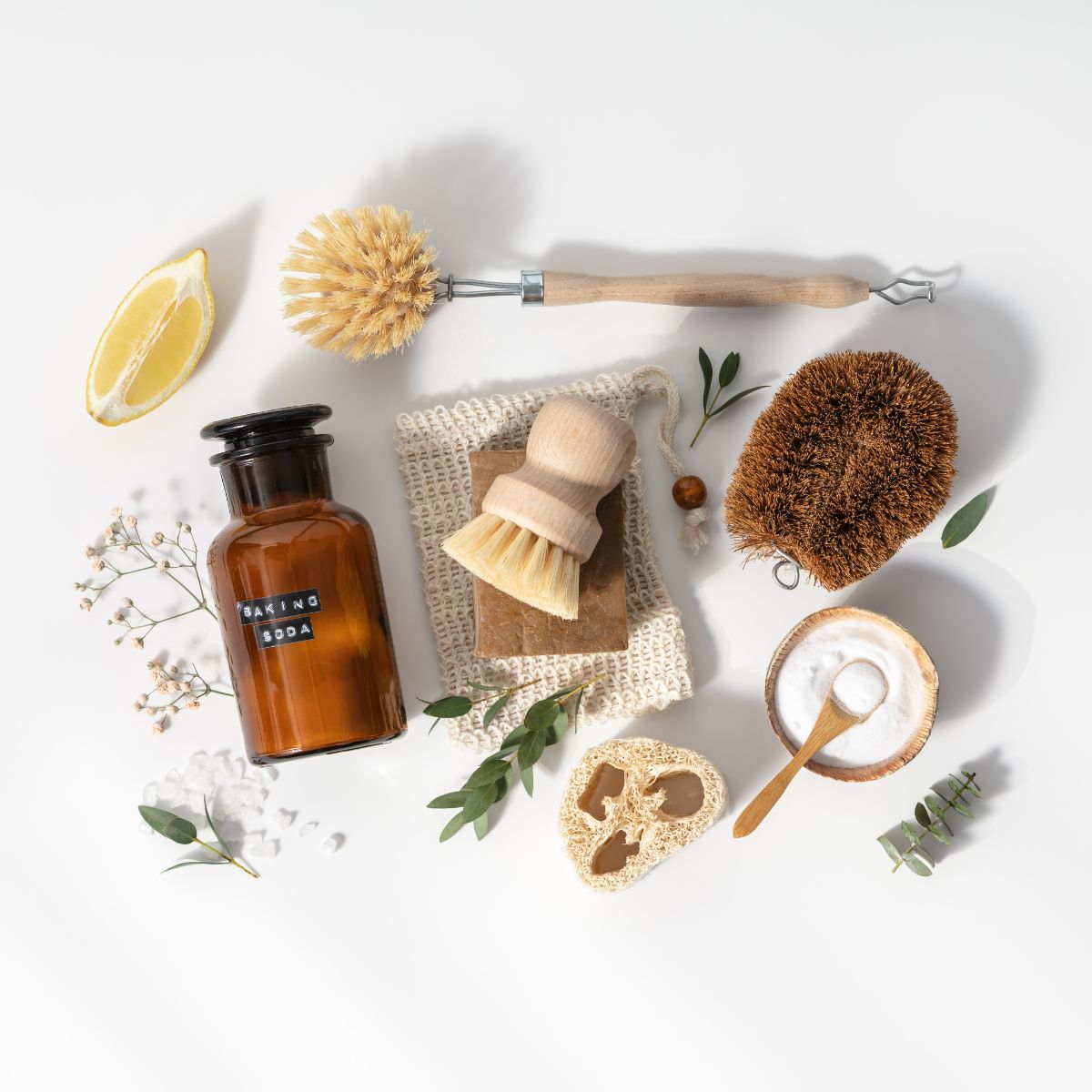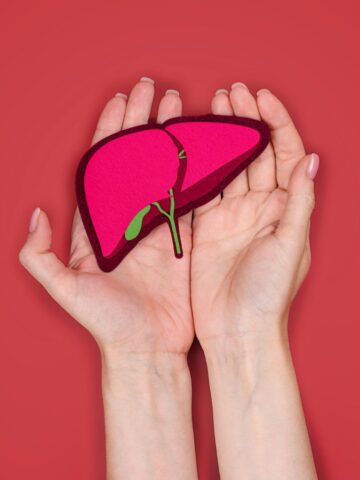
Our homes should be safe havens, yet many common household products expose us to a range of toxic chemicals. From flame retardants in furniture to phthalates in air fresheners, studies show that indoor environments can be a major source of chemical exposure. Research published in Environmental Science & Technology highlights that U.S. homes contain concerning levels of pollutants, including endocrine disruptors and volatile organic compounds (Betts, 2003).
These toxins can accumulate over time, affecting everything from hormone regulation to respiratory health. But the good news is, there are simple ways to reduce exposure and create a healthier living space:
1️⃣ Swap Out Synthetic Fragrances: Air fresheners, candles, and cleaning sprays often contain harmful chemicals. Opt for essential oils or non-toxic alternatives instead.
2️⃣ Upgrade Your Cleaning Routine: Conventional household cleaners may contain endocrine-disrupting chemicals. Choose plant-based, biodegradable cleaning solutions—or better yet, make your own with vinegar, baking soda, and lemon!
3️⃣ Improve Indoor Air Quality: Dust, off-gassing furniture, and household items can contribute to toxic air. Investing in an air purifier, opening windows regularly, and adding air-purifying plants can help keep indoor air fresh.
4️⃣ Rethink Your Cookware: Non-stick coatings on pans and bakeware often contain harmful chemicals like PFOA and PFAS. Switch to stainless steel, cast iron, or ceramic cookware for safer cooking.
Detoxing your home isn’t about achieving perfection—it’s about making small, sustainable changes that significantly impact your health.
Ready to make a lasting change? Enroll to become a Certified Home Toxin Specialist and learn how to assess and eliminate harmful toxins from living spaces!






Leave a Reply